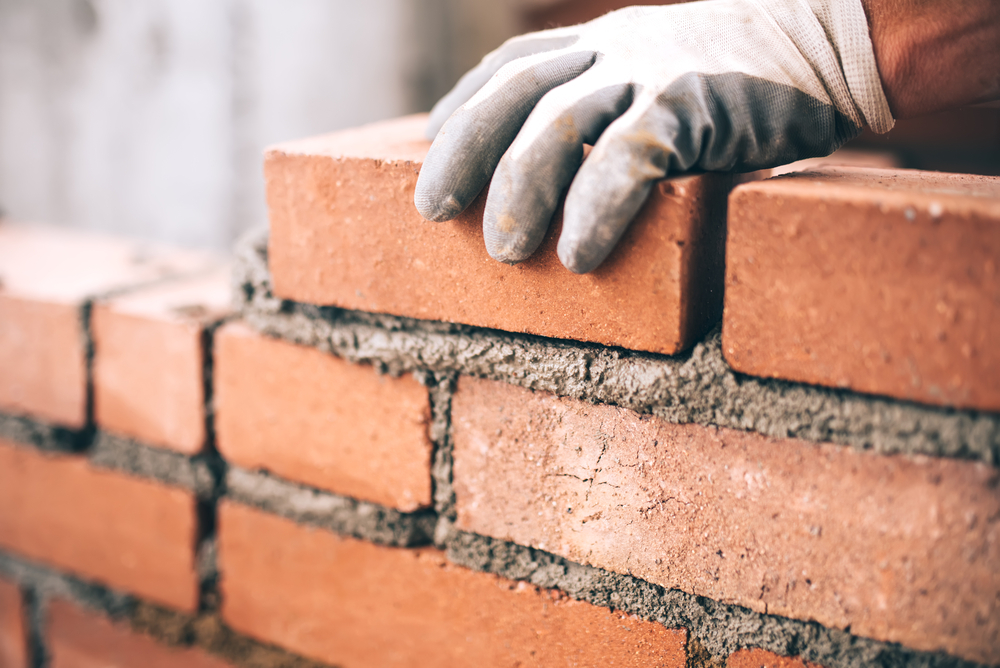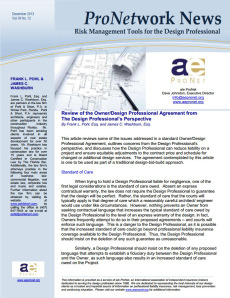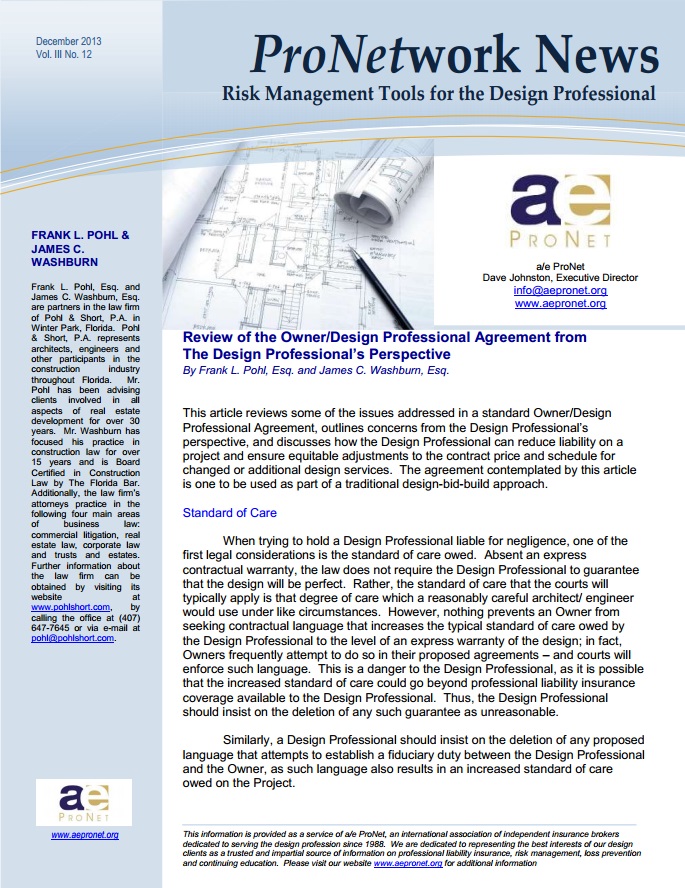 At a panel for the NC Bar Association Construction Law Winter Meeting, attorney Melissa Brumback and her colleagues discussed insurance issues for design professionals. One hot topic was the way architects and engineers can inadvertently invalidate their insurance by agreeing to overly broad contractual language. Frequently, this has to do with the standard of care. Melissa penned the following post for the NC Construction Law Blog, and we have reposted it here with her permission:
At a panel for the NC Bar Association Construction Law Winter Meeting, attorney Melissa Brumback and her colleagues discussed insurance issues for design professionals. One hot topic was the way architects and engineers can inadvertently invalidate their insurance by agreeing to overly broad contractual language. Frequently, this has to do with the standard of care. Melissa penned the following post for the NC Construction Law Blog, and we have reposted it here with her permission:
As most of you know, Errors & Omissions insurance (“E&O” coverage) is meant to provide coverage for mistakes you may make in performing your professional architecture or engineering services. E&O coverage is important to protect you in the event of a lawsuit because, as you know, no set of plans is perfect (nor is perfection the standard of care).
Be careful, though. Do not promise to provide a higher standard of care than the “professional standard.”
If you are asked to sign a contract that states you will use your “professional best,” “best efforts”, “highest care” or similar, you are being asked to sign something that could cost you your E&O coverage.
Examples of such language:
[Architect] [Engineer] shall perform the Services in accordance with the highest standards of professional competence in the industry.
[Architect] [Engineer] shall exercise a high degree of care and diligence in providing the professional services.
[Architect’s] [Engineer’s] services shall be of first class quality and free from defects.
E&O policies cover you for failing to meet professional standards, but not in cases where you agree by contract to provide a higher/better/best standard.
Explain the risks in such language to your owner clients. No owner will want to put your insurance policy in jeopardy, and they should be willing to strike or modify that language to ensure that your work on the construction project is fully protected and covered by your E&O policy.
Some examples of coverable standards:
All services to be performed shall be performed in a manner consistent with that level of care and skill ordinarily exercised by members of Designer’s profession.
All services shall be performed in a manner consistent with that level of care and skill ordinarily exercised by members of Designer’s profession currently practicing in the location of the project for which the services are rendered, or similar locations.
Remember this, and make sure your future construction contracts contain favorable language that will actually be insurable. You know–the whole reason you have professional liability insurance in the first place!
About the Author
Melissa Dewey Brumback, who blogs at www.constructionlawNC.com, is an attorney at Ragsdale Liggett in Raleigh, North Carolina, where she represents architects and engineers in risk avoidance, contract negotiation, and construction litigation.



